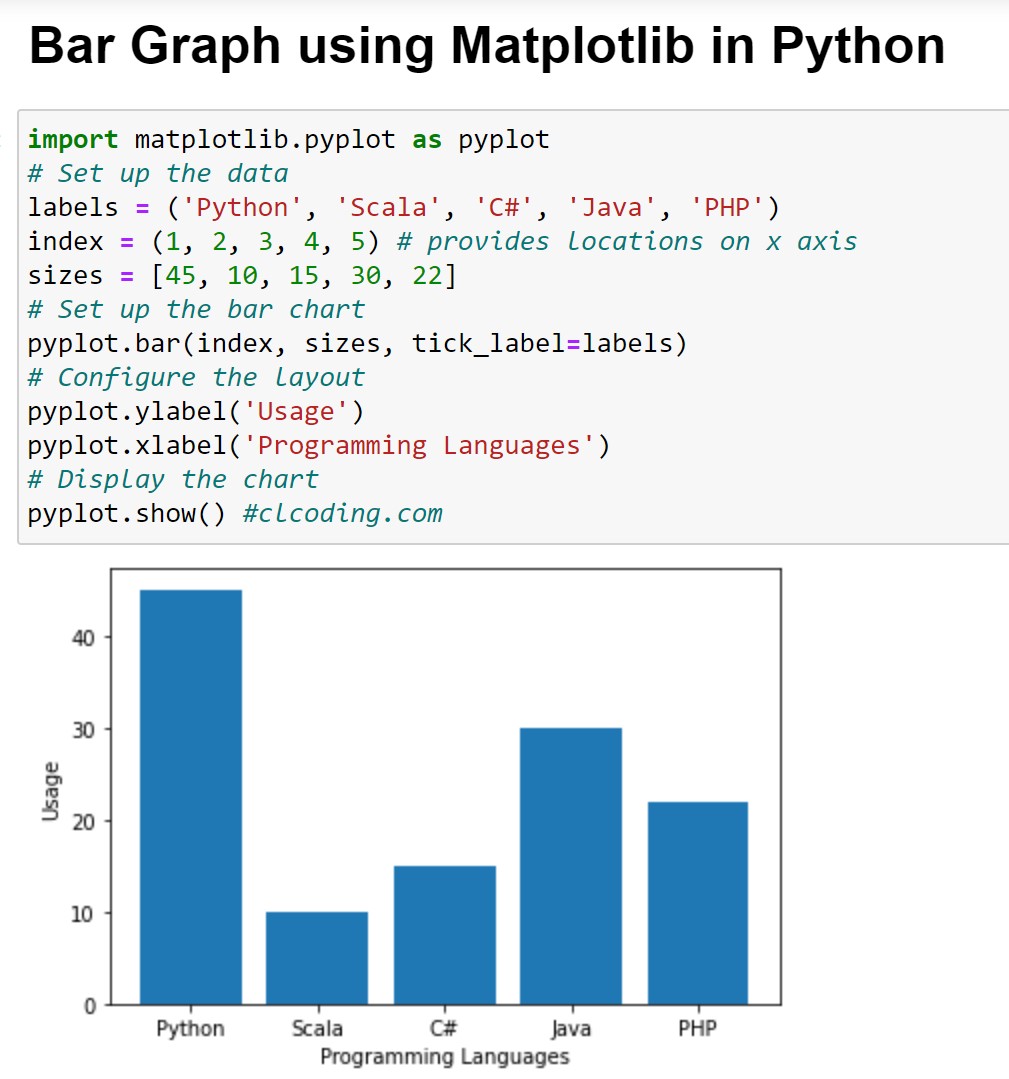#import pytube library to download the video
import pytube
#Ask for the url of video
url = input("Enter video url: ")
#specify the starage path of video
path="E:"
#magic line to download the video
pytube.YouTube(url).streams.get_highest_resolution().download(path)
#clcoding.com



















































.png)
.png)







.png)















.png)







